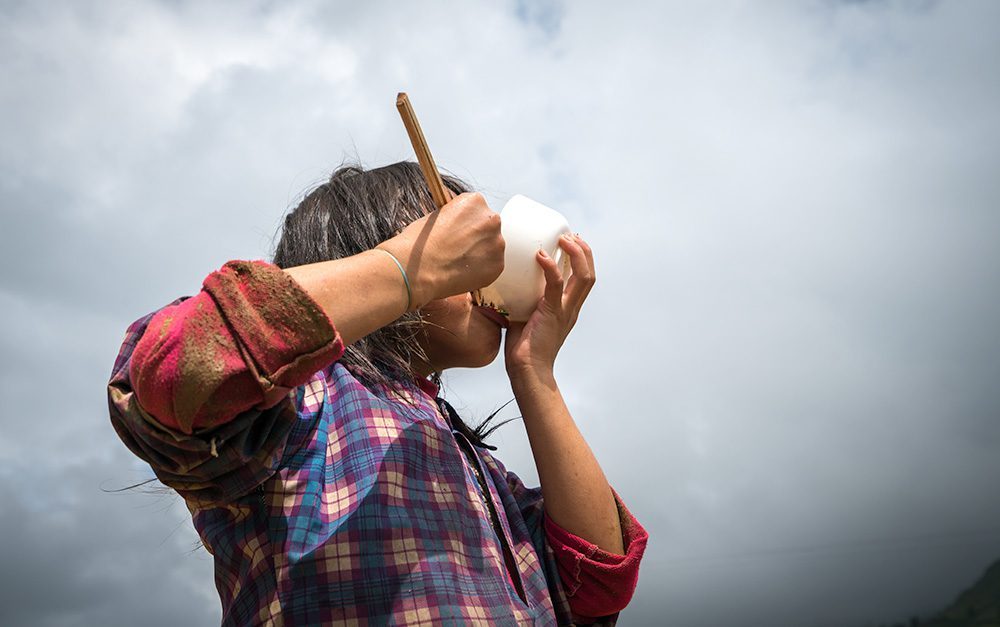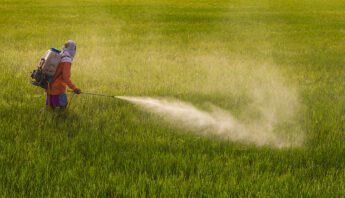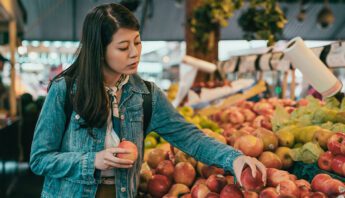More than one billion people — mostly women and children — are unable to buy food because they just cannot afford it, despite the fact that there is enough to go around.
And while hunger is not a matter of scarcity, it is worth noting that organic, small-scale farming can feed the world. A comprehensive examination of nearly 300 studies worldwide shows that organic farms in developing countries outperformed conventional practices by 57%, and that organic agriculture could produce enough food, on a per capita basis, to provide 2,640 to 4,380 calories per person per day — more than the suggested intake for healthy adults.
Why People Are Hungry
 Hunger in an age of plenty isn’t a problem of production (i.e. yields), efficiency or even distribution. It is a matter of priorities.
Hunger in an age of plenty isn’t a problem of production (i.e. yields), efficiency or even distribution. It is a matter of priorities.
In the U.S., for instance, we feed more grain to cars and cattle than to people:
- Ethanol :: In 2009, 25% of U.S. grain crops were fed to cars, not people. The 107 million tons of grain that went to U.S. ethanol distilleries that year was enough to feed 330 million people (1/3 of the world’s hungry) for a year at average world consumption levels.
- Corn-fed Cattle :: Livestock consumes 47% of the soy and 60% of the corn produced in the US.1
But not driving and eating less meat will not feed the hungry, because consumer choices are not the driving force behind a system that feeds cars and cattle while more humans than ever go hungry. How did we get here? Sixty years of short-sighted & misguided agriculture policies, trade and aid strategies and corporate consolidation. What we’re left with is a global food system that’s off the rails.
Every day, nearly 16,000 children die from a hunger-related cause — 1 child every 5 seconds.
As a society, we support policies and human-made “institutions”— market structures, trade and aid rules, public research agendas, farm policies, intellectual property and corporate personhood laws — that determine how our natural resources are put to use in providing for humanity. People are hungry because the “global food system” we have built is out of control—it prioritizes historically unprecedented corporate profits, while failing to feed people and steward our land and water resources for future generations. This is true whether we live in Detroit, in Delhi or on farms outside of Dakar.
Concretely, the way we now grow food, how we price it and how we move it around the world undermines community, human health and the natural resource base on which we all depend.
What If We Prioritized Feeding People?
 What would a food system geared towards eradicating hunger look like? Much like sound farming, it all starts at the roots.
What would a food system geared towards eradicating hunger look like? Much like sound farming, it all starts at the roots.
- Small, community-scale farmers around the world (who already feed most of humanity) would re-take control over the tools of their trade. Farmers, rather than corporations, would be in charge of seeds, knowledge and practices, appropriate pest control technologies, land and access to markets.
- Communities & their governments would be in charge of their own agricultural trade policies. Peoples would democratically work out their own vision for food and agriculture at local, state and national levels — rolling back decades of failed development, trade and aid policies that have been imposed under the mantle of “globalization” by anti-democratic financial institutions like the World Trade Organization and the World Bank.
People are doing it right now.
Consider Belo Horizonte, Brazil, “the city that ended hunger.” Their award-winning participatory Food Security Program links urban consumers to small-scale farmers through municipal procurement of food for public schools, daycares and a large network of the traditional Brazilian “Popular Restaurants.” The U.S.-based Farm to School Network likewise connects schools to local and regional farmers, improving K-12 kids’ access to healthy food while supporting small-scale farming. Local and regional Food Policy Councils are springing up all over the country, and People’s Grocery in West Oakland, CA is re-weaving community through urban agriculture, economic development and health outreach.
People are hungry because the ‘global food system’ we’ve built is out of control — it prioritizes corporate profits & props up unsustainable agriculture, while failing to actually feed people.
Examples of how to feed people by re-localizing control over food and farming are as variable as the communities in which these food democracy experiments take place. What unites them is shared priorities: feed people first and let farmers work the land. What results is democratic decision-making about food and agriculture.
Another name for this solution is “food sovereignty” — that is, essentially, the people’s right to determine their own food and agriculture policies. Food sovereignty names a global human rights movement led by farmers, fisherfolk and peasants (most of whom are women) who insist that “food security” (i.e. feeding people) requires direct democratic participation and a respect for life, seed, and land.
1. Institute for Agriculture and Trade Policy. “Below-Cost Feed Crops/ An Indirect Subsidy for Industrial Animal Factories.” IATP, June 2006.







